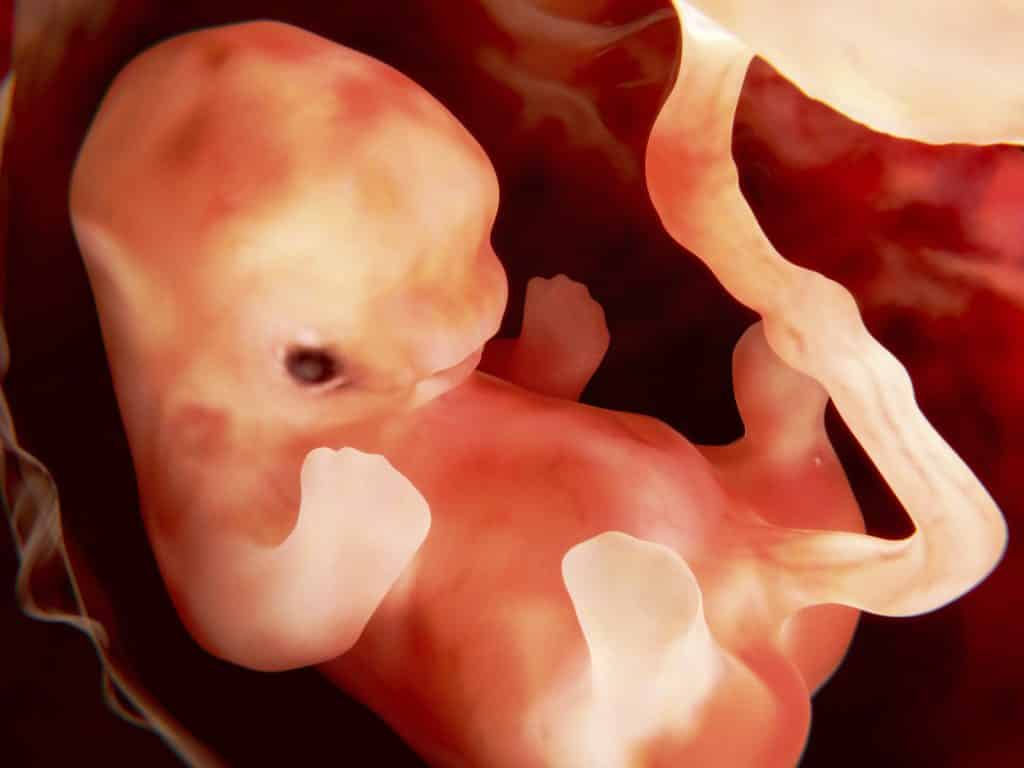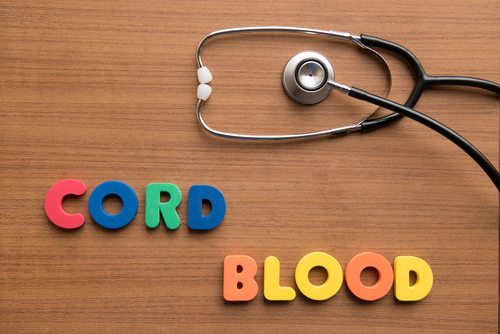Umbilical Cord Blood May Help Improve Brain Connectivity
The NHS defines cerebral palsy as: “a group of lifelong conditions that affect movement and coordination, caused by a problem with the brain that occurs before, during or soon after birth.”
For a child with spastic cerebral palsy, simply grasping a toy may be impossible. But infusions of their own umbilical cord blood might make basic movements like this easier, researchers at the Duke University now report.
Up until now, there has been no cure for cerebral palsy, but an exciting new study by leading stem cell scientists at Duke University, North Carolina, has successfully used umbilical cord blood to improve motor skills in some children with the condition, leaving specialists optimistic that cord blood stem cells will improve the lives of sufferers in the future.
“We are encouraged by the results of this study, which shows that appropriately dosed infusions of cord blood cells can help lessen symptoms in children with cerebral palsy,” said senior author Joanne Kurtzberg, M.D., director of Duke’s Pediatric Blood and Marrow Transplant Program and the Robertson Clinical and Translational Therapy Program.
The study followed 63 children between the ages of one year and six years who had cerebral palsy because of brain damage incurred before or at birth. The researchers looked at the change in motor function at one year and two years post-infusion.
The participants were given a range of doses depending on how much cord blood they had stored, from 10 million cells to 50 million cells per approx. two pounds of body weight. The results show that children who received greater than 25 million cells per kilogram (2.2 lb.) of body weight exceeded the gains made by children with smaller doses or who received a placebo.
Researchers note that children with cerebral palsy will often make gains as they get older but say that children given high dosages in their study exceeded increases that would normally be expected because of age progression.
In our “behind-the-scenes” coverage, Dr. Kutrzberg said improvements after the first year for high-dose infusions were 30% higher than would have been predicted for age and level of function.
“We still have a lot to learn about this therapy so that it can be optimized and accessible to more children with cerebral palsy,” said Kurtzberg, who is also director of the Carolinas Cord Blood Bank at Duke.
“Previous research has indicated it’s safe for children with cerebral palsy to receive an infusion of their own cord blood,” Kurtzberg said. “Now that we have identified a dosing threshold, we are planning additional studies testing the benefits of multiple doses of cells, as well as the use of donor cells for patients whose own cord blood was not banked.”
In the cerebral palsy trial, Kurtzberg and colleagues tested doses from 10 million cells per kilogram of body weight up to 50 million cells per kilogram, based on the amount and quality of the cord blood each child had in storage. Among the tools used to evaluate the children’s progress was MRI to measure brain connectivity and the Gross Motor Function Measure (GMFM-66), a standardized analysis of a child’s ability to crawl, roll, kneel, and complete other movements based on age and development.
Children who have cerebral palsy are expected to gain motor function as they grow and develop and receive traditional therapies, including occupational and physical therapy, said Jessica Sun, M.D., a pediatric hematologist-oncologist at Duke and lead author of the paper. The GMFM-66 attempts to account for this expected growth based on age and the severity of the cerebral palsy, she said, and most participants improved when retested on the GMFM-66 a year after receiving an infusion, even those who received a placebo.
“For each child, the improvements are different and could be subtle, but sometimes even a seemingly small difference is significant,” Sun said. “For example, a child’s ability to turn their hand from facing down to facing up can change their ability to hold or grasp something, which can make a big difference in their everyday life.”
However, the improvements for children who received doses of at least 25 million cells per kilogram of body weight progressed beyond their expected increases when they were tested a year after infusion.
“We are hopeful that cord blood and cell therapy may have a role in treating children with cerebral palsy and brain injury and are encouraged to continue this promising research,” Sun said.
























